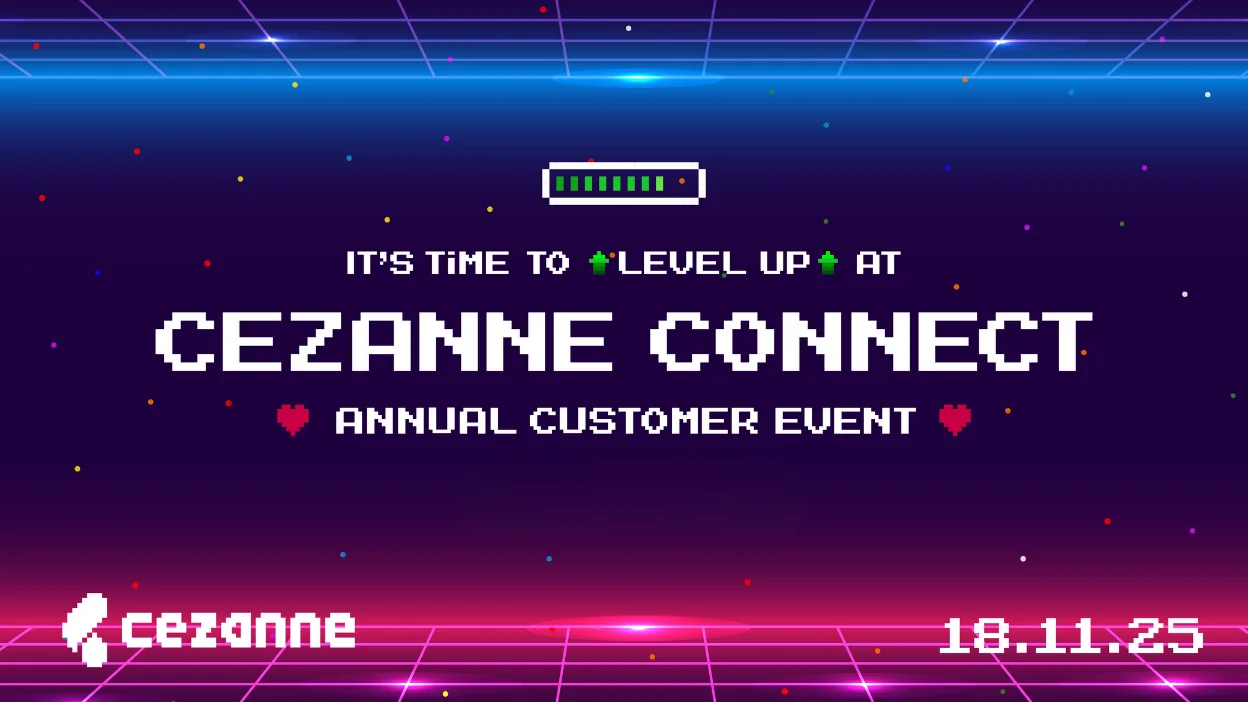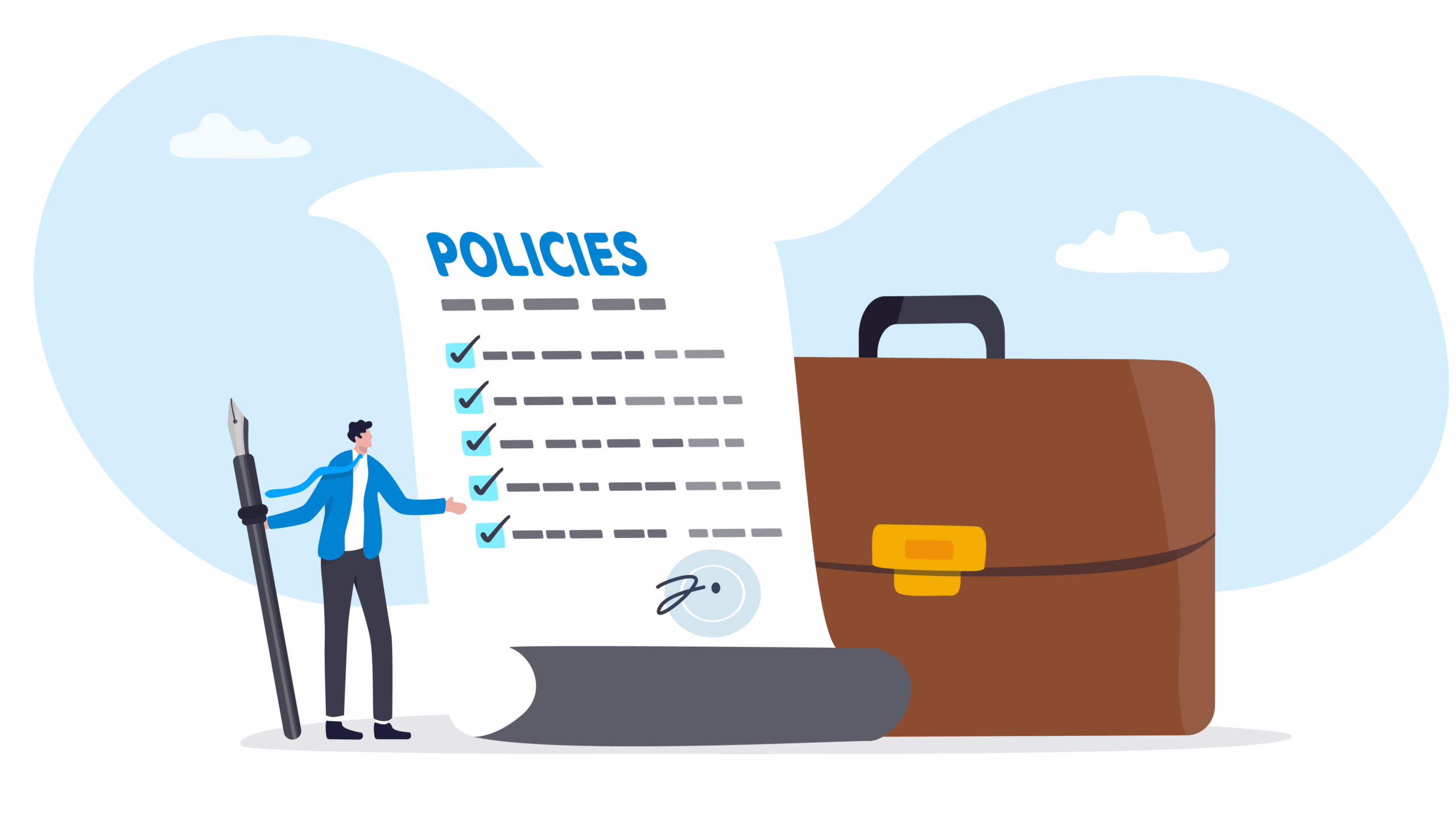
Dive Brief:
- Starbucks Workers United launched what it called its largest national strike this week. Workers at 30 stores took strike action on Wednesday, with “hundreds” of location to follow on Thursday.
- Thursday is Red Cup Day, a yearly event where Starbucks gives out free reusable red cups as part of a holiday promotion. In 2022, Starbucks Workers United staged strike actions at about 110 stores on the day, calling the strike actions the “Red Cup Rebellion.”
- The union said it expected roughly twice the number of stores to participate in strike actions this year, or about 220, but did not share a specific estimate of the number of impacted locations. This year’s Red Cup Rebellion actions include leafletting organized by pro-union customers and SBWU’s political allies outside of some nonunion stores, in addition to pickets and demonstrations at unionized locations.
Dive Insight:
Starbucks Workers United said the strikes were a response to “a coordinated, scorched-earth campaign, centrally directed from [Starbucks’] corporate labor relations office, to illegally frustrate and stall bargaining.”
In a statement emailed to Restaurant Dive, Starbucks said it was aware of “a day of action at a small subset of our U.S. stores this week.”
The company blamed the union for the slow pace of bargaining and said SBWU “hasn’t agreed to meet to progress contract bargaining in more than four months.” Starbucks also highlighted that it has reached a contract with workers at two stores represented by United Steelworkers’ in Canada, a different union in a different country with different labor laws.
Previous rounds of bargaining between Workers United and the coffee giant failed over Starbucks’ refusal to engage in remote bargaining for a national contract, despite the company engaging in remote bargaining over store closures and in earlier bargaining rounds. Starbucks Workers United did not immediately respond to a request for comment on the status of the bargaining.
Unionized workers said the strikes were also in protest of difficult working conditions during the holiday season.
“At my store, we’re expected to make drive-thru orders, walk-up orders, mobile orders, and delivery orders,” said Neha Cremin, a striking worker in Oklahoma City, Oklahoma. “We’re often expected to manage all these things with only three workers.”
The union said high traffic associated with Red Cup Day leads to long lines and wait times for food, and customers often take out frustration over those waits on workers, especially when stores run out of the company’s red cups.
Escalated customer involvement in the strike actions is part of the union’s strategy to pressure Starbucks and damage its brand. Earlier this year, student allies of SBWU successfully organized a campaign to get Cornell University to decline to renew its contract with Starbucks.
As of Nov. 15, according to data from the National Labor Relations Board, the NLRB has certified Workers United as the bargaining representative in 363 Starbucks stores following elections, meaning the union has won roughly 84% of the elections in which the board has certified a winner.
SBWU’s rate of electoral victories is essentially unchanged since November 2022, when the union had won 83% of certified elections, or 248 stores. The union is facing decertification drives — elections in which workers dissatisfied with a union seek to remove it through an NLRB process — in 22 stores. The NLRB has denied six of those petitions due to outstanding unfair labor practice complaints against the employer, and is likely to dismiss most of the remainder.








